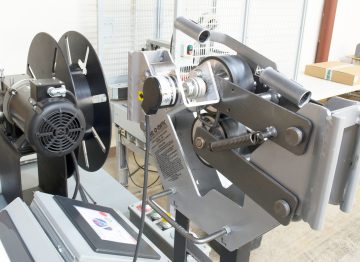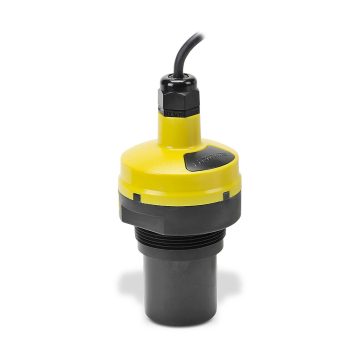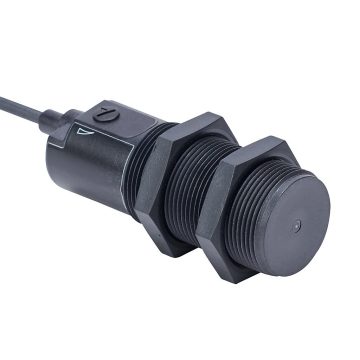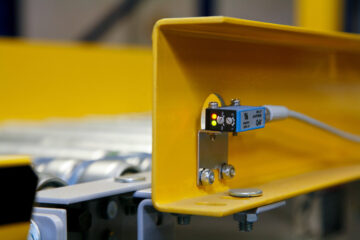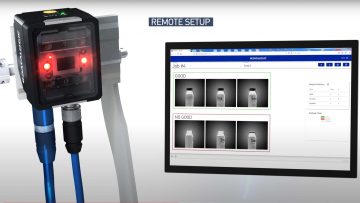For determining the precise motion of industrial machinery and equipment elements, or servo motors, encoders provide a high-performance solution—but only if they are specified properly. By Joe Kimbrell, AutomationDirect Mechanical movement generated on automated machinery and equipment almost always needs to be monitored by sensors to provide a robust motion control solution. This is especially…
Here are some of the typical continuous/analog level measurement methods, with a summary of their strengths and weaknesses: Ultrasonic level sensors: These are generally installed at the top of a vessel looking down into the product. They generate a periodic ultrasonic sound impulse and measure the echo’s return time to determine the distance to the…
Here are some of the typical discrete level detection methods, with a summary of their strengths and weaknesses: Float level switches : These simple devices provide an on or off signal as a liquid moves up or down. Some travel along a guide rod, while others just bob up or down on a cable, and either…
Detecting the level of a product or liquid in a vessel is required for many machinery and process applications, so designers need a working understanding of the available technologies and best practices. Manufacturing and processing equipment automation systems often need to detect the presence/absence, or even the exact level, of a material in a bin,…
UCalgary Racing has been using the Gefran PZ12-A-0050-L for the past 3 years to measure the suspension travel of the car. The potentiometers provide data that enable the team to understand and study the behavior of the vehicle at any given moment. It provides information that when analyzed, reveals how the car responds to road…
By considering these application characteristics, specifiers can identify the best industrial sensor candidates for their applications. Discrete object detection refers to methods used to sense the presence—or the absence—of a target material or product, resulting in an “on” or an “off” signal. There are many options for these types of sensors on the market, so…
Smart vision sensors incorporate on-board machine learning, empowering users to deploy them in common applications, without the cost and complexity of traditional products. Common photoelectric (PE) sensors are the most basic type of “vision” device, but traditionally it has required much more advanced technology to capture and analyze actual images for advanced detection. In an…
Designers need to be familiar with the many discrete object sensing technologies so they can specify properly-performing and cost-effective products for their applications. Bill Sonnenthal, technical marketing engineer for AutomationDirect, wrote an article for the June 2022 issue of Industrial Equipment News titled Expanding Equipment Sensor Options. Here’s a summary, click on the link above…
Automated industrial equipment often requires linear position sensing, and there are many choices ranging from economical to high precision. Andrew Waugh, Product Manager for Sensor and Safety products at AutomationDirect, wrote an article for the August 2020 issue of Design World titled Lining Up the Right Linear Position Sensing Solution. This article discusses several options…
With so many industrial sensing technologies available, a general understanding of benefits and costs helps designers select the best types for their applications. Andrew Waugh, Product Manager for Sensor and Safety products at AutomationDirect, wrote an article for the February 2020 issue of Design World titled A Look at the Industrial Sensors Landscape, providing an…


